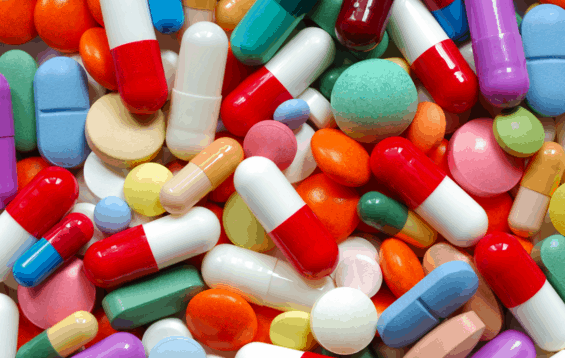March 15, 2016

End of an Era
By Asim Mahat
First place, B.P. Koirala Institute of Health Sciences
Everything comes to an end eventually. Our lives and even the universe will not persist forever. In exactly the same manner, the era of antibiotics is about to end. One of the most important weapons of doctors is about to be ripped from their hands. It’s a threat to the modern world: antibiotic resistance increasing day by day. We can compare the post-antibiotic era with the pre-antibiotic era when everything was dependent upon luck, not medicine.
Alexander Fleming in 1928 accidently noticed the fungus Penicillium notatum growing on his culture, a fungus that eventually became a gift to the 20th century world and saved many lives in World War II. After the discovery of penicillin, researchers went on to develop new antibiotics up through the 1980’s. Few new antibiotics have been found since then, and it has become a challenge to identify new targets in bacteria to hunt them down. On the other hand, developing resistance to antibiotics is ultimately leading us toward the post-antibiotic apocalypse.
A world without antibiotics will be deadly because you could die from practically nothing. Someone will have a small cut or wound and later on might die of septicemia, with episodes of necrotizing fasciitis. Even minor surgeries like an appendectomy or a hip repair may be life threatening. A mother could die after delivering a child. Someone with an organ transplant or going through cancer chemotherapy could die from their immunocompromised condition superimposed upon an infection. An ironic situation may arise when an elderly and debilitated patient gets admitted to hospital due to pulmonary, cardiac or renal causes but dies because of a health care associated infection.
Speaking at the molecular level, common threats from antibiotic resistance compelling us to imagine a world without antibiotics are MRSA (Methicillin resistance Staphylococcus aureus), VRSA (Vancomycin resistant Staphylococcus aureus), VRE (Vancomycin resistant enterobacteriaceae), NDM-1 (New Delhi Metallo betalactamase I), and CPE (Carbapenemase producing enterobacteriaceae). Some of the most challenging cases to treat are MDR TB (Multidrug resistant tuberculosis) and XDR TB (Extensively drug resistant tuberculosis), which are creating a world in which a TB patient will have to depend upon nothing but fresh air (a true scenario from the pre-antibiotic era). Mutations in the genetic material of bacteria or the transfer of resistance between bacteria contribute to the rapid increase in the number of resistant bacteria.
Antibiotics, most powerful weapon of the medical world, which treat minor infections (like acne) to major infections (like pneumonia or TB) will be of no use to us in few decades. It seems like a nightmare to the whole world. Future generations will pay for the scenario that we have created. It’s peak time to slow the rate of antibiotic resistance. Un-prescribed use, overuse, prolonged use, use of antibiotics for viral or flu like illnesses, and improper use of broad spectrum antibiotics like tetracycline and chloramphenicol are some of the key behaviors to be changed in order to minimize antimicrobial resistance.
Campaigns like the World Health Organization’s Global Patient Safety Challenge concerning the hygiene and sanitation of hospitals should be promoted. Although it has become a challenge to develop new antibiotics, we can think of alternatives like bacteriophages and vaccines. In EU, the use of antibiotics just to boost up livestock has been banned. Although many nations are able to implement beneficial projects and programs regarding resistance, our part of world is far behind in confronting this issue. It’s high time to raise our voice to create awareness and say, “No antibiotics without reason.”











